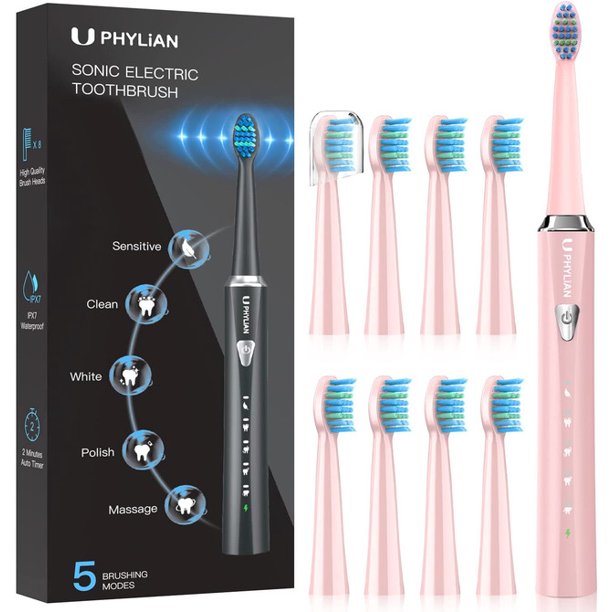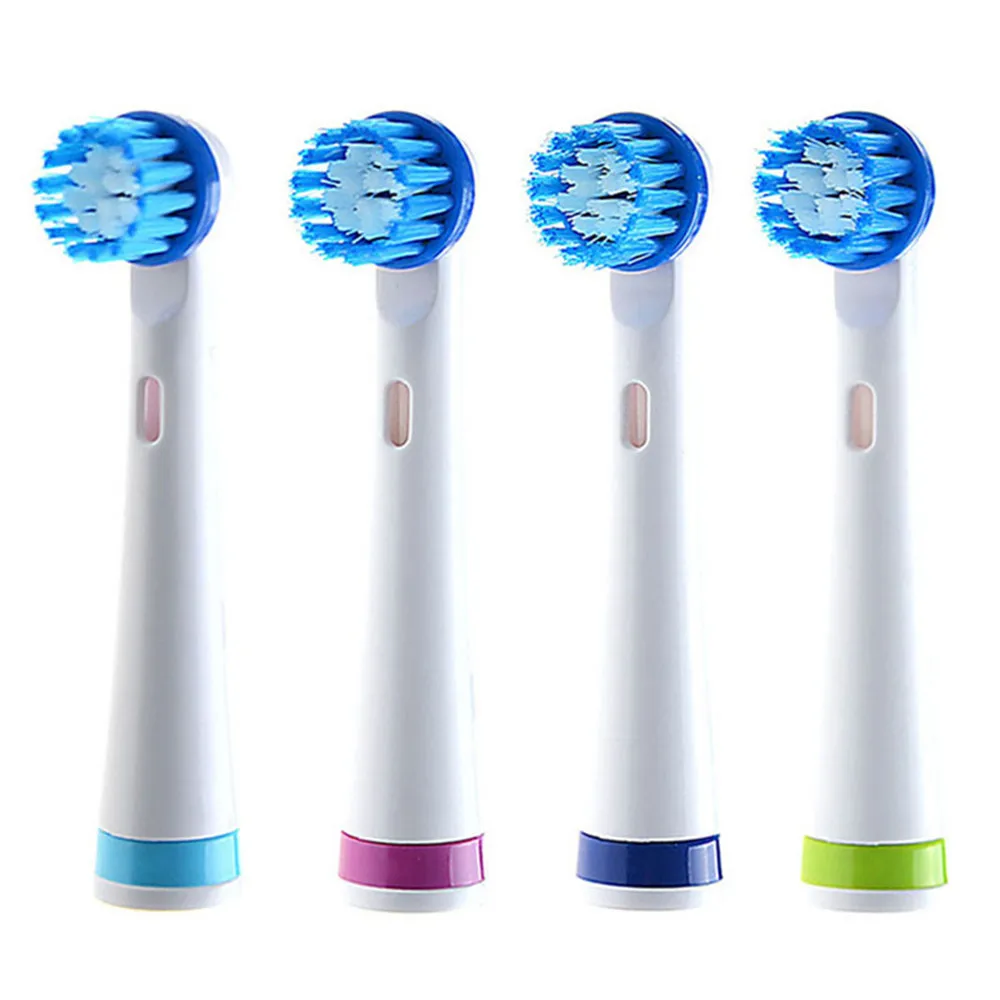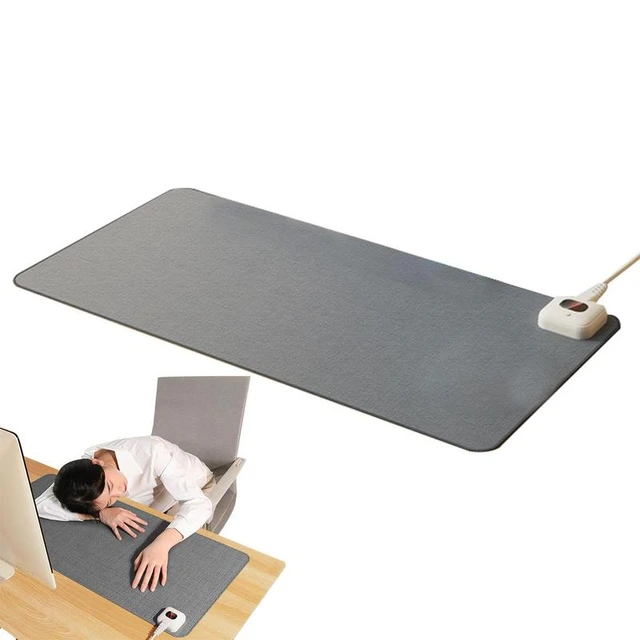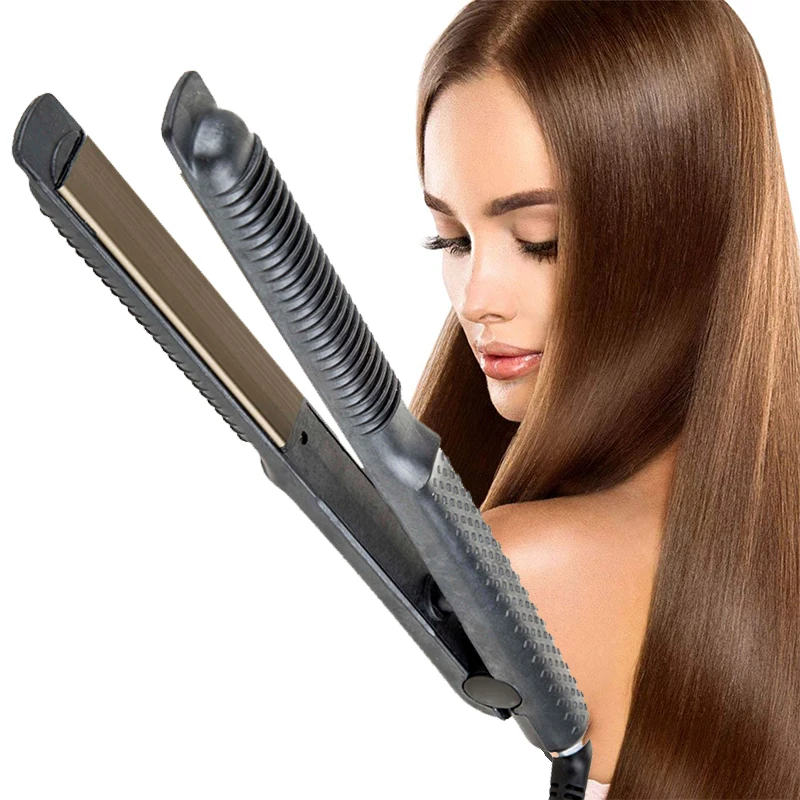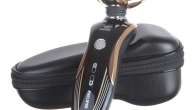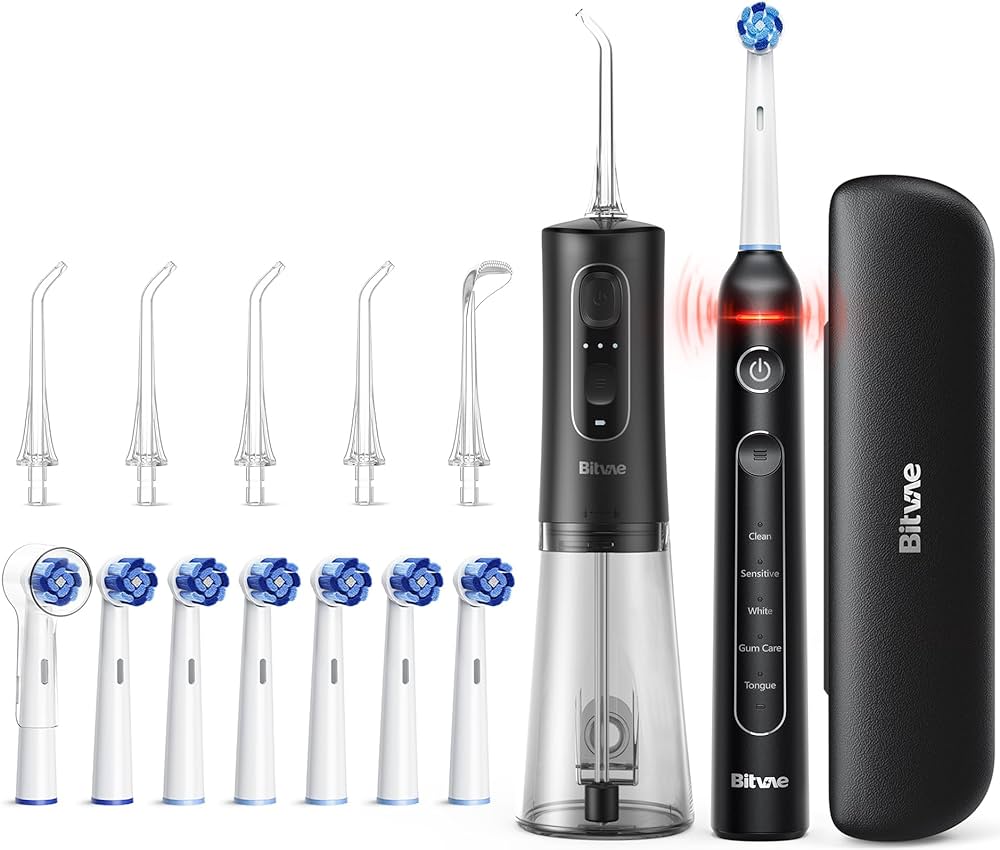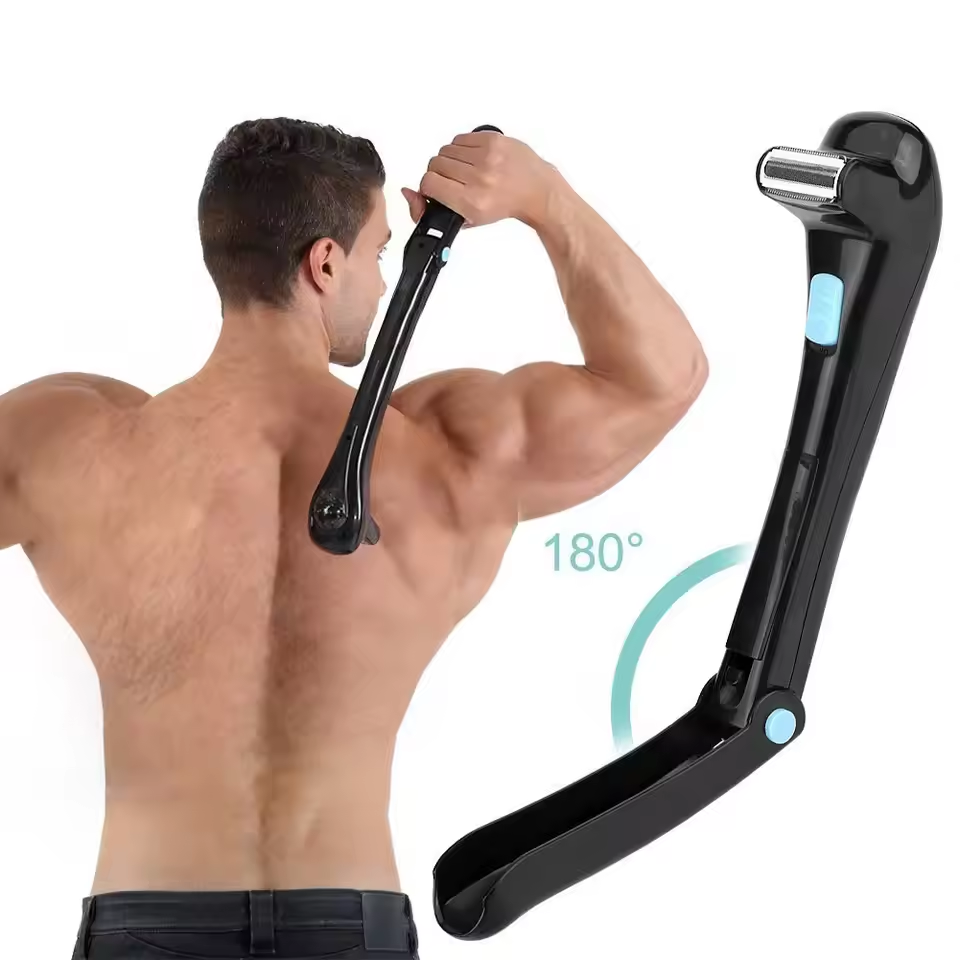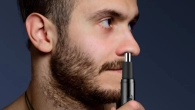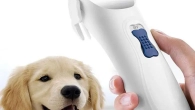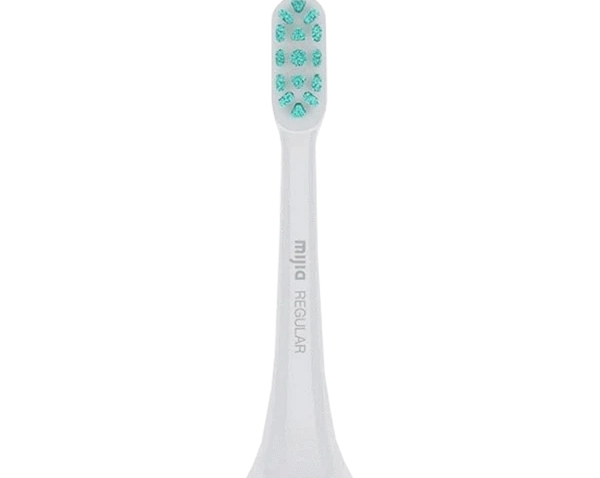
How Often Should I Change My Electric Toothbrush Head?
Maintaining oral hygiene is critical for overall health, and one of the essential tools in every dental hygiene kit is an electric toothbrush. Most people invest in the best electric toothbrushes available, but not everyone pays attention to one critical component: the toothbrush head. How often should I change my electric toothbrush head? This question is vital for ensuring that you get the most effective cleaning possible, as worn-out bristles can lead to inadequate plaque removal and even gum disease.
In this comprehensive guide, we’ll discuss various factors that influence how often you should change your electric toothbrush head, signs that indicate when it’s time for a replacement, and general best practices for dental hygiene.
Understanding Electric Toothbrushes
The Components of an Electric Toothbrush
An electric toothbrush consists of several parts, including the handle, rechargeable battery, motor, and brush head. The brush head itself is where the real action occurs. It’s often removable and comes in various shapes and sizes designed to meet individual needs. Electric toothbrush heads typically have bristles that are made from nylon, designed for effective plaque removal.
Benefits of Using an Electric Toothbrush
Electric toothbrushes offer several advantages over manual ones, including:
- Consistent Brushing: With built-in timers, electric toothbrushes help ensure you brush for the recommended two minutes.
- Better Plaque Removal: Studies show that electric toothbrushes are generally more effective at reducing plaque and gingivitis than manual brushes.
- Ease of Use: For individuals with limited dexterity, electric toothbrushes make brushing easier.
- Variety of Modes: Many electric toothbrushes come with multiple settings such as sensitive, whitening, and gum care, tailoring the brushing experience to individual needs.
Electric Toothbrush Heads: A Closer Look
Brush heads come in a range of sizes, shapes, and bristle types, designed for different uses. For example, some heads may have soft bristles for sensitive gums, while others might be designed for professional-grade plaque removal. Understanding the type of brush head you use can also influence its lifespan.
How Often Should You Change Your Electric Toothbrush Head?
Key Factors to Consider
1. Manufacturer Recommendations
Most manufacturers recommend that you change your electric toothbrush head every three months. This is a good general guideline but may vary based on individual usage and wear.
2. Frequency of Use
If you brush your teeth multiple times a day, you may need to replace your toothbrush head more frequently. For instance, heavy users could find that their bristles wear down faster than users who brush only once a day.
3. Bristle Condition
One of the most straightforward ways to assess your toothbrush head is by looking at the bristles. If they are splayed, frayed, or discolored, it’s time for a change. The bristles should be straight and firm to ensure effective cleaning.
4. Illness
If you’ve recently been ill, it’s a good idea to change your toothbrush head once you’ve recovered. This minimizes the risk of reinfecting yourself. Germs can linger on the toothbrush bristles, contributing to ongoing health issues.
Signs It’s Time for a Change
1. Visual Wear and Tear
As previously mentioned, a significant indicator is the visible condition of the bristles. Look for signs that the bristles have become limp, bent, or discolored.
2. Decreased Cleaning Efficiency
If you notice that your teeth don’t feel as clean after brushing, it may indicate that the bristles are not working effectively anymore. This decreased efficiency could lead to plaque buildup, which could result in cavities or gum disease.
3. Sensitivity or Discomfort
Discomfort while brushing may indicate that the bristles have worn down past the point of being effective or safe for your gums. If you experience any sort of pain, replace the head immediately.
How to Properly Care for Your Electric Toothbrush Head
Cleaning Your Toothbrush Head
Maintaining your toothbrush head can prolong its life and enhance its cleaning effectiveness.
1. Rinse After Use
Always rinse the brush head thoroughly after each use to remove any toothpaste and debris. This will help prevent bacteria from building up on the bristles.
2. Store Properly
Store your electric toothbrush in an upright position to allow any moisture to drain. Avoid covering it with a lid, as this can trap moisture and promote bacterial growth.
3. Use a Protective Cap
If your toothbrush includes a protective cap, use it, but remember to remove it when brushing to allow airflow.
Sanitizing Your Toothbrush Head
1. Boiling Water
Occasionally, you can sanitize your toothbrush head by dipping it in boiling water. This helps kill surface bacteria without damaging the bristles.
2. UV Sanitizers
Some electric toothbrushes come with UV sanitizing features, which can be beneficial, especially if you’re sensitive to germs.
Choosing the Right Toothbrush Head
1. Compatibility
Ensure you get the right head type for your electric toothbrush. Most brands offer a range of heads designed for specific models.
2. Bristle Type
Depending on your dental needs, you can choose between soft, medium, or hard bristles. Most dentists recommend starting with a soft-bristle head, as these are more gentle on gums and still effective at cleaning.
3. Specialty Heads
If you have specific dental issues, consider specialized heads aimed at whitening, gum care, or sensitive teeth. Many brands have heads that feature different bristle alignments to target various areas effectively.
Environmental Considerations
Nachhaltigkeit
When you change your toothbrush head, it’s essential to think about the environmental impact. Many toothbrush heads can be non-biodegradable, contributing to plastic waste.
1. Eco-Friendly Options
Look for brands that offer recyclable or biodegradable toothbrush heads. Some companies even have programs to return used brush heads for recycling.
2. Consider a Bamboo Toothbrush
If you’re particularly concerned about plastic waste, consider transitioning to a bamboo toothbrush. These options may not have electric capabilities but can be more sustainable.
Electrical Energy Use
Electric toothbrushes also use rechargeable batteries. While they are generally more energy-efficient than battery-operated toothbrushes, reducing energy consumption is always a good idea.
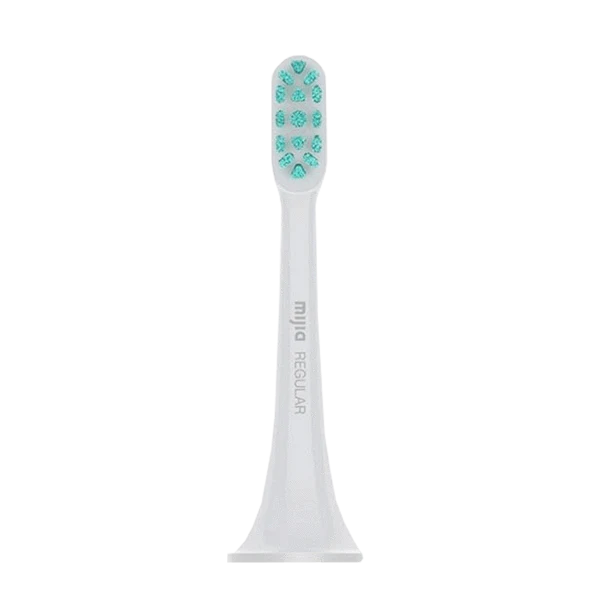 The Health Benefits of Changing Your Electric Toothbrush Head Regularly
The Health Benefits of Changing Your Electric Toothbrush Head Regularly
Prevention of Gum Disease
Changing your electric toothbrush head regularly can significantly reduce the risk of gum diseases like gingivitis and periodontitis. These conditions arise from the accumulation of plaque, which can be exacerbated by an ineffective toothbrush head.
Better Overall Oral Health
Maintaining optimal oral hygiene by replacing your toothbrush head can lead to better overall health. Research shows links between periodontal disease and systemic conditions such as diabetes, heart disease, and respiratory issues.
Cost-Effectiveness
Though buying replacements may seem like an added expense, neglecting to change your toothbrush head can lead to expensive dental treatments in the future. The initial investment in regular replacement may save you money in the long run.
Conclusion
So, how often should I change my electric toothbrush head? Understanding the factors that influence this decision, alongside following best practices for toothbrush maintenance, can lead to a more effective and satisfying brushing experience. Keeping track of how often you change your toothbrush head not only ensures better oral health but contributes to your overall well-being. Regular replacements of the toothbrush head will enhance its efficiency and help prevent dental issues in the long term. Buyer awareness of environmental factors related to electric toothbrush heads may also keep sustainability in mind while investing in your dental health. In conclusion, aim to replace your electric toothbrush head at least every three months to keep your smile bright and your gums healthy.




